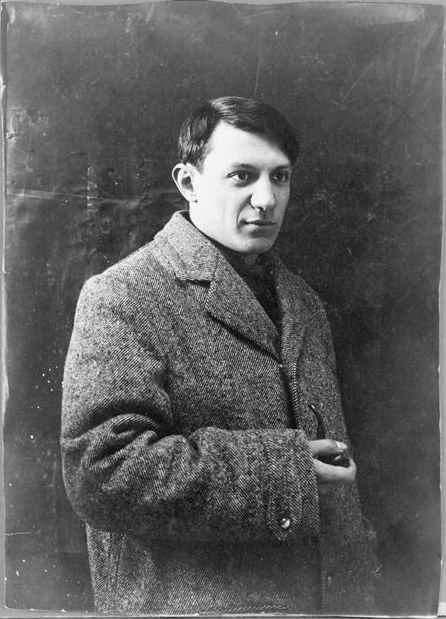An overview of the childhood and early education of Pablo Picasso, highlighting the experiences that shaped the journey.
Pablo Picasso (1881-1973) was a Spanish painter, sculptor, and printmaker who spent much of his life in France. He is considered one of the most influential artists of the 20th century, best known for co-founding Cubism and for his diverse artistic styles. Picasso also invented constructed sculpture and co-invented collage. His iconic works include the proto-Cubist painting *Les Demoiselles d'Avignon* and *Guernica*, a powerful anti-war depiction of the bombing of Guernica during the Spanish Civil War. Picasso's impact on modern art remains significant.
1900: First Trip to Paris
In 1900, Picasso made his first trip to Paris, where he met Max Jacob, who helped him learn the language and literature. They shared an apartment during times of poverty.
1913: Death of José Ruiz y Blasco
In 1913, Picasso's father, José Ruiz y Blasco, a painter and art professor, passed away.
August 1914: World War I and Relocation
In August 1914, at the outbreak of World War I, Picasso was living in Avignon. Many of his artist friends were mobilized for the war effort.
1915: Death of Eva Gouel
In 1915, Picasso was devastated by the premature death of Marcelle Humbert (Eva Gouel) from illness at the age of 30.
1918: Marriage to Olga Khokhlova
In 1918, Picasso married Olga Khokhlova, a ballet dancer. This marked a significant relationship in Picasso's life, influencing his personal life and artistic style.
1920: Introduction to High Society and Collaboration on Pulcinella
In 1920, Khokhlova introduced Picasso to the life of the rich in Paris, including high society and formal dinner parties. During this year, Picasso also collaborated with Igor Stravinsky on Pulcinella, using the opportunity to make drawings of the composer.
1921: Summer in Fontainebleau and Painting Three Women at the Spring and Three Musicians
In the summer of 1921, Picasso, Khokhlova, and their son Paulo stayed in Fontainebleau, France. During this time, Picasso painted Three Women at the Spring and Three Musicians in a garage used as a studio.
1927: Meeting Marie-Thérèse Walter and Beginning an Affair
In 1927, Picasso met 17-year-old Marie-Thérèse Walter and began a long-standing affair with her. She became his muse, and he later fathered a daughter named Maya with her.
1932: Creation of 'Nude, Green Leaves and Bust'
In 1932, Picasso created 'Nude, Green Leaves and Bust', depicting his mistress Marie-Thérèse Walter. The painting sold for US$106.5 million in May 2010.
1935: Divorce Proceedings Initiated
In 1935, Picasso began divorce proceedings with Olga Khokhlova. However, Olga refused to divorce, leading to a legal separation later on.
1935: Birth of Daughter Maya and Secret Residence
In 1935, Picasso's mistress, Marie-Thérèse Walter, gave birth to their daughter Maya. Picasso secretly housed them in an apartment at 44 rue de La Boétie in Paris, across from his residence with his wife Olga.
1936: Appointment as Director of the Prado
In 1936, at the start of the Spanish Civil War, Picasso was appointed as the "director of the Prado, albeit in absentia" by the Republicans. He took his duties seriously, providing funds to evacuate the museum's collection to Geneva.
1937: Marie-Thèrése and Maya moved to Le Tremblay-sur-Mauldre
In 1937, Marie-Thèrése Walter and her daughter Maya were moved to Le Tremblay-sur-Mauldre. This move separated them further from Picasso's primary residence.
1937: Creation of 'The Dream and Lie of Franco'
In 1937, Picasso created 'The Dream and Lie of Franco' as an overtly political work expressing anger and condemnation of Francisco Franco and fascists, meant to be sold as postcards for fundraising for the Spanish Republican cause.
1940: French Citizenship Refusal
In 1940, Picasso applied for French citizenship but was denied due to his "extremist ideas evolving towards communism".
1941: Legal Separation from Olga Khokhlova
In 1941, Picasso and Olga Khokhlova legally separated, although they remained married until her death. This marked the formal end of their cohabitation, though legal ties persisted.
1944: Joining the French Communist Party
In 1944, Picasso joined the French Communist Party. This decision aligned him with many continental intellectuals and artists of the time.
1944: Beginning Relationship with Françoise Gilot
In 1944, after the liberation of Paris, Picasso, then 63 years old, began a romantic relationship with a young art student named Françoise Gilot, who was 40 years younger than him. He grew tired of his mistress Dora Maar and began living with Gilot.
1945: Interview with Jerome Seckler
In 1945, Picasso stated in an interview with Jerome Seckler, "I am a Communist and my painting is Communist painting."
1947: Birth of Claude Picasso
In 1947, Picasso and Françoise Gilot had their first child, Claude Picasso.
1948: Attendance at World Congress of Intellectuals
In 1948, Picasso attended the World Congress of Intellectuals in Defense of Peace in Poland. His attendance reflected his commitment to the communist ideology and his engagement in international political events.
January 1949: Creation of 'Dove'
On 9 January 1949, Picasso created 'Dove', a black and white lithograph that became an iconographic image known as 'The dove of peace'. It was used as a poster for the 1949 World Peace Council.
1949: Birth of Paloma Picasso
In 1949, Picasso and Françoise Gilot had their second child, Paloma Picasso.
1950: Receiving the Stalin Peace Prize
In 1950, Picasso received the Stalin Peace Prize from the Soviet government. This award recognized his contributions to promoting peace from a communist perspective.
1951: Affair with Geneviève Laporte
In 1951, while still involved with Françoise Gilot, Picasso had a six-week affair with Geneviève Laporte, who was four years younger than Gilot.
1952: Meeting Jacqueline Roque
In 1952, Picasso met Jacqueline Roque, who worked at the Madoura Pottery in Vallauris, where he made and painted ceramics. She became his lover.
1953: Gilot leaves Picasso
In 1953, Françoise Gilot left Picasso, taking their children with her, due to his abusive behavior and infidelities, as described in her 1964 book 'Life with Picasso'. This event led to a strained relationship between Picasso and his children.
1958: Acquisition of the Château of Vauvenargues
In 1958, Picasso acquired the Château of Vauvenargues near Aix-en-Provence.
1959: Occupation of Château of Vauvenargues
Between 1959 and 1961, Picasso and Jacqueline occupied the Château of Vauvenargues.
December 1961: Recognition of Paternity and Marriage to Jacqueline Roque
In December 1961, Picasso legally recognized his paternity of his children, Claude and Paloma, with Françoise Gilot, granting them the right to use the name Picasso. Shortly after, news broke of his marriage to Jacqueline Roque.
1961: Occupation of Château of Vauvenargues
Between 1959 and 1961, Picasso and Jacqueline occupied the Château of Vauvenargues.
1961: Marriage to Jacqueline Roque
In 1961, Picasso married Jacqueline Roque, who had been his lover since they met in 1952. She remained his wife for the rest of his life.
1962: Receiving the Lenin Peace Prize
In 1962, Picasso received the Lenin Peace Prize. Biographer John Berger critiqued that Picasso's talents as an artist were "wasted" by the communists.
1964: Publication of 'Life with Picasso'
In 1964, Françoise Gilot published her book 'Life with Picasso', detailing her experiences with him, including abusive treatment and infidelities. This led to Picasso severing ties with their children.
1967: Insurance Company Reimbursements
In 1967, a Swiss insurance company faced heavy reimbursements following an air disaster, prompting the decision to sell two Picasso paintings to cover the costs.
1968: Referendum on Picasso Purchase
In 1968, a referendum in Basel resulted in the city voting to purchase Picasso's paintings for the Kunstmuseum Basel. Picasso then donated three paintings and a sketch, and was made an honorary citizen.
April 1973: Death of Pablo Picasso
On April 8, 1973, Pablo Picasso died in Mougins, France, from a heart attack brought on by pulmonary edema. He had painted until 3 a.m. the night before and woke up unable to get out of bed.
1973: Pablito's Suicide
In 1973, Picasso's grandson, Pablito, died by suicide from ingesting bleach after being barred from attending Picasso's funeral by Picasso's widow, Jacqueline.
1975: Death of Paulo Picasso
Following the death of Paulo in 1975, Picasso's surviving heirs were his widow, Jacqueline; his grandchildren from Paulo, Marina and Bernard; and his children, Claude, Paloma and Maya.
December 1976: Settlement on Picasso's Estate
In December 1976, Picasso's heirs, including his widow Jacqueline, grandchildren, and children, reached a settlement on how to divide his $240 million estate.
1985: Establishment of Museum Picasso Eugenio Arias' Collection
In 1985, the Museum Picasso Eugenio Arias' Collection was established in Buitrago del Lozoya by Picasso's friend, Eugenio Arias Herranz. This museum houses a collection related to Picasso's life and work.
1986: Jacqueline Roque's Suicide
In 1986, Jacqueline Roque, Picasso's second wife, died by suicide, shooting herself. She had been devastated and lonely after Picasso's death.
1989: Claude served as legal administrator of the estate
From 1989, Claude served as legal administrator of the estate until 2023, when his sister Paloma took over.
2003: Inauguration of Museo Picasso Málaga
In 2003, relatives of Picasso inaugurated the Museo Picasso Málaga in his birthplace, Málaga, Spain. The museum is dedicated to showcasing Picasso's works.
2003: Revelation of Citizenship Refusal
In 2003, the reason for Picasso's 1940 rejection for French citizenship was revealed, citing his "extremist ideas evolving towards communism".
May 2004: Sale of 'Garçon à la pipe'
In May 2004, Picasso's painting 'Garçon à la pipe' sold for US$104 million at Sotheby's. This sale marked a significant event in the art market.
May 2006: Sale of 'Dora Maar au Chat'
In May 2006, the painting 'Dora Maar au Chat' by Picasso sold for US$95.2 million at Sotheby's. This sale further highlighted the high value of Picasso's artworks.
November 2009: Death of Frances Lasker Brody
In November 2009, Los Angeles philanthropist Frances Lasker Brody, who owned Picasso's 'Nude, Green Leaves and Bust' died. Her collection was later sold.
May 2010: Sale of 'Nude, Green Leaves and Bust'
In May 2010, Picasso's painting 'Nude, Green Leaves and Bust' was sold at Christie's for US$106.5 million. The 1932 work, which depicts Picasso's mistress Marie-Thérèse Walter, had been in the collection of Frances Lasker Brody.
2012: Establishment of the Picasso Administration
In 2012, four of Picasso's five surviving heirs established the Picasso Administration to authenticate works by the artist. Claude was designated as the recipient of all authentication requests.
May 2015: Sale of 'Women of Algiers'
In May 2015, Picasso's painting 'Women of Algiers' set the record for the highest price ever paid for a painting when it sold for US$179.3 million at Christie's in New York. This sale marked a new milestone in the art market.
September 2020: Project for new Picasso Museum scrapped
On 22 September 2020, it was announced that the project for a new Picasso Museum, due to open in Aix-en-Provence in 2021, had been scrapped because Catherine Hutin-Blay and the City Council failed to reach an agreement.
2021: Canceled opening of Picasso museum in Aix-en-Provence
In 2021, the planned opening of a new Picasso Museum in Aix-en-Provence was canceled because Catherine Hutin-Blay, Jacqueline Picasso's daughter, and the City Council failed to reach an agreement in September 2020.
2023: Paloma takes over as legal administrator of the estate
In 2023, Paloma Picasso took over from her brother Claude as the legal administrator of the Picasso estate.
Mentioned in this timeline
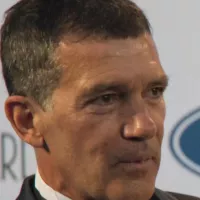
Antonio Banderas born Jos Antonio Dom nguez Bandera is a...
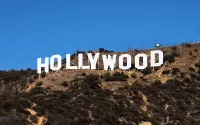
Los Angeles is the most populous city in California and...
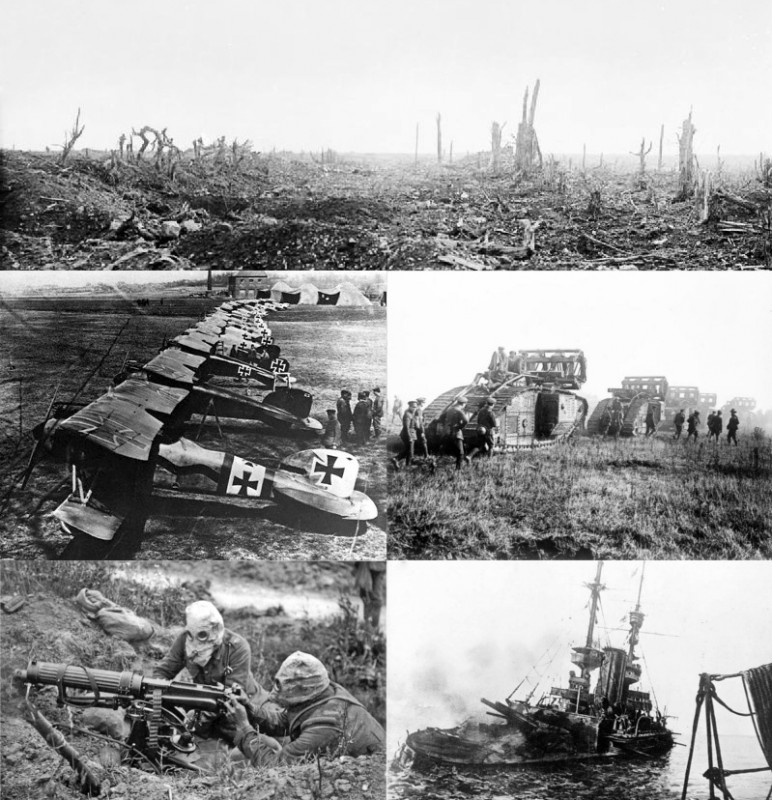
World War I a global conflict between the Allies and...
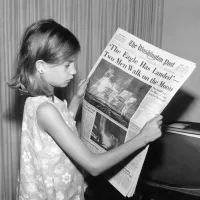
News encompasses information about current events disseminated through various media...

Seattle is the most populous city in Washington state and...
France officially the French Republic is a country primarily in...
Trending
38 minutes ago Microsoft Expands Data Centers, Investors See Buying Opportunity Despite Pullback
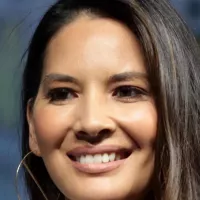
38 minutes ago Jay Kelly film starring George Clooney and Adam Sandler: Reviews and streaming details.
38 minutes ago Multiple Texas ISDs Earn CTE District of Distinction Awards for Excellence in Education
2 hours ago Australia Rejects Turkey's Climate Summit Co-Hosting Offer: Standoff Intensifies, Albanese Declares 'Not an Option'
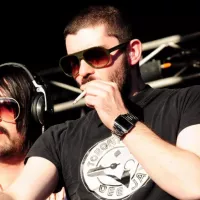
2 hours ago MicroStrategy purchased 8,178 Bitcoins amid price dip, Michael Saylor remains bullish.

2 hours ago George Strait Announces Lubbock Concerts: Tickets on Sale November 21st!
Popular
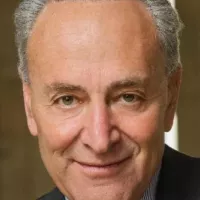
Chuck Schumer is the senior United States Senator from New...

XXXTentacion born Jahseh Dwayne Ricardo Onfroy was a controversial yet...
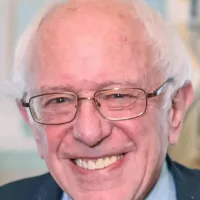
Bernie Sanders is a prominent American politician currently serving as...

Candace Owens is an American political commentator and author known...
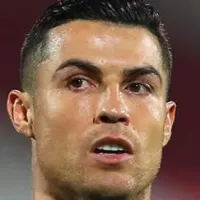
Cristiano Ronaldo often nicknamed CR is a Portuguese professional footballer...
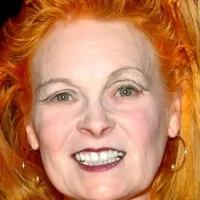
Vivienne Westwood was a highly influential English fashion designer and...
